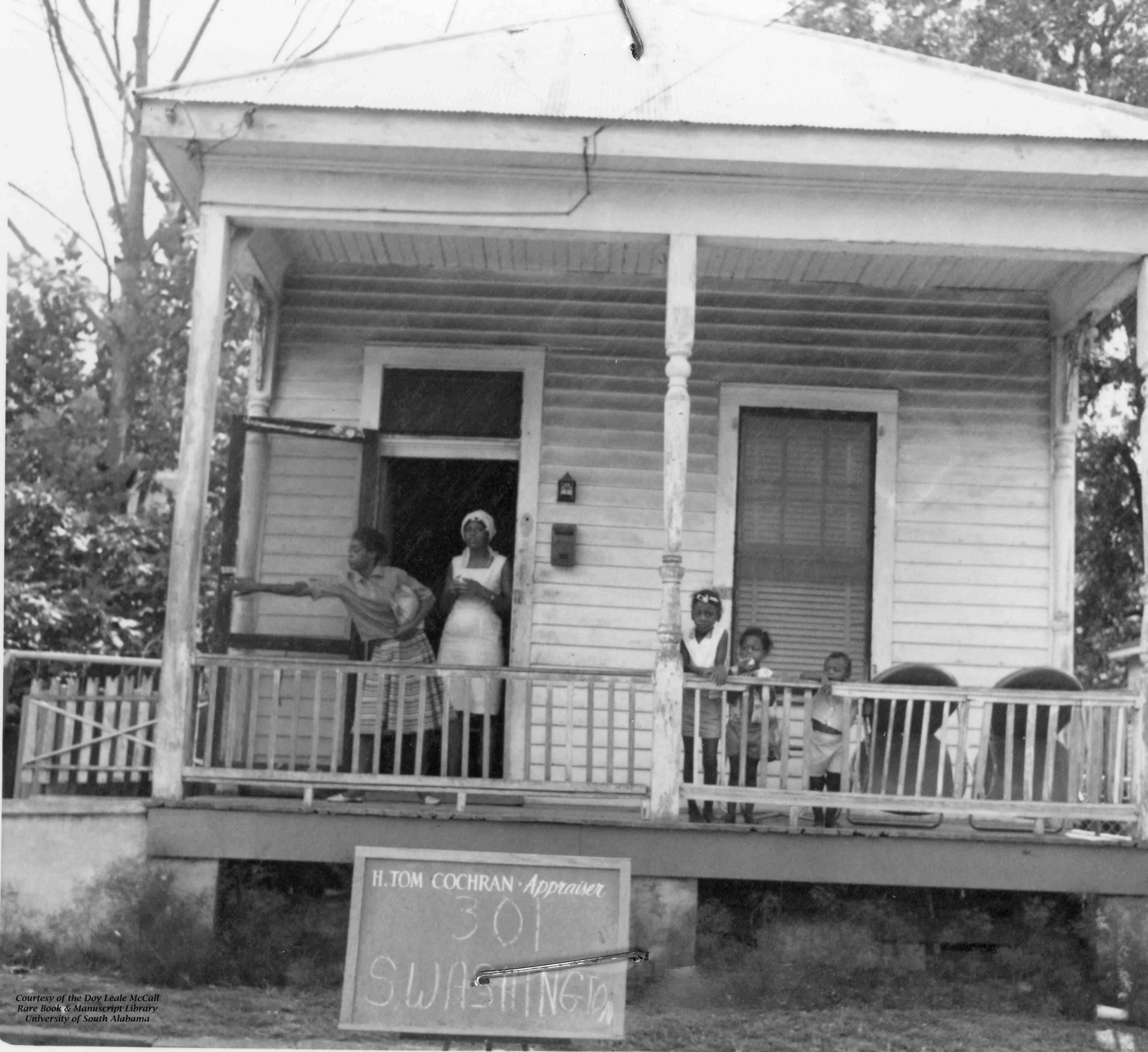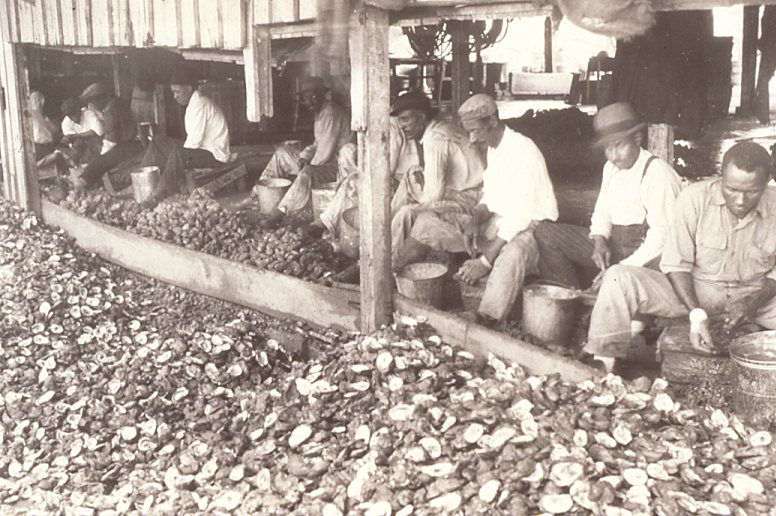Feeding the Community: Narrative Sustenance and Down the Bay
Posted on December 14, 2023 by Candice Fairchild
For this blog post, I thought we’d take a break from the Mapping Memory series to delve into something a little different. Tis the season to talk about (and enjoy) food! As a part of our efforts for the Down the Bay Oral History Project, I’d like for us to think about the role food has played in the neighborhood. Down the Bay was home to some truly incredible cooks. A large part of the community's history lies in recipes that have been shared, enjoyed, and passed down through generations.
While there are many reasons to love a good dish, whether it’s fried chicken, potato salad, coleslaw, a baked fish, gumbo, or a Thanksgiving turkey and Christmas ham, food sustains and nourishes us. I’d like for us to take a minute to fully consider what that means, though. What does it mean for food to “sustain” us and “nourish” us? Is it just the feeling of a full belly after a long day of work or a long Sunday service, or is it more than that. I think the answer here is that food sustains and nourishes us in more ways than one. This is a realization I came to after listening to the folks of the Down the Bay community talk about some of their memories surrounding food. You can hear the fondness everyone has when they discuss the food they ate and continue to eat.
 Women and children stand on a porch at 301 S. Washington Street Down the Bay. Valenia
Green shares her memories of food on the front porch below. Photo courtesy of Mobile
Housing Board Records, The Doy Leale McCall Rare Book and Manuscript Library, University
of South Alabama.
Women and children stand on a porch at 301 S. Washington Street Down the Bay. Valenia
Green shares her memories of food on the front porch below. Photo courtesy of Mobile
Housing Board Records, The Doy Leale McCall Rare Book and Manuscript Library, University
of South Alabama.
Valenia Green recalls some of her fondest memories of food growing up:
Valenia Green
"We would sit out there and eat crawfish. We sit out there and eat shrimp. We’d sit out there and shuck corn. We sit out there and shuck them, you know them beans? [...] Them purple hog snap beans. We’d do all that on that front porch of hers with that rocking chair and that newspaper. And that's what I remembered." - Valenia Green, 2022, Down the Bay Oral History Project
For Mrs. Green, the preparing of the seafood was a tradition, a moment to bond with family before reaping the delicious rewards of their efforts.
 Workers shucking oysters by a large pile of oyster shells. Seafood was a staple in
Down the Bay. Photo courtesy of Mobile Public Library Digital Collections.
Workers shucking oysters by a large pile of oyster shells. Seafood was a staple in
Down the Bay. Photo courtesy of Mobile Public Library Digital Collections.
While Mrs. Green conveyed her memories about seafood and shared family bonding, Jamie Hobbs recalls how food was a vital part of community:
Jamie Hobbs
"And I also remember Mardi Gras Down the Bay. Everybody would cook and people would go from house to house, and families came home; it was a homecoming. And like I say, you go to the house: “Come on, have something to eat.” You offer people—if you saw them and they looked hungry, you offered them food. It’s not that way. And I remember that if someone died, someone in the community would get a card; someone would get together people to take food on different nights—educated people know about these things—so that you all wouldn’t bring the same food."- Jamie Hobbs, 2022, Down the Bay Oral History Project
For Mrs. Hobbs, food was a force for forging and sustaining community. Whether you were hungry from a day at the parades or grieving a loved one, a hot meal made a world’s difference.
Food doesn’t just fill the plate and the stomach, it fosters community. The people gathered at the table to eat the food shared more than a great meal, they shared conversations and memories. Now, as we collect the stories of residents from Down the Bay, we share in those memories as well. These memories of the food that sustained them in the literal sense then, sustain them in a narrative sense now. The cuisine of Down the Bay keeps the place alive in the hearts and minds of all those who knew it. Now, it’s up to us to break bread by attending to these narratives, learning about these recipes and this community from people’s own stories that continue to create and sustain new community.
Candice Fairchild is a second-year Ph.D. student in English at the University of Alabama. Candice has worked as a transcriber for the Down the Bay Oral History Project and finds inspiration for her blog posts from her experience listening to and transcribing those interviews.


